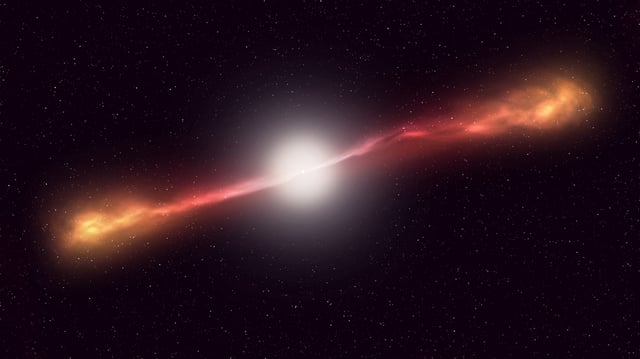Overview
- The Johns Hopkins-led team published its findings in Physical Review Letters on June 3, 2025, outlining how rapidly spinning black holes can generate collisions akin to those in terrestrial accelerators.
- Spin-driven jets of plasma near the event horizon can induce chaotic proton collisions, producing ultra-energetic particles that may escape into space.
- Theoretical energies from these cosmic collisions could rival or exceed the Large Hadron Collider’s output, suggesting a natural, low-cost alternative for particle physics research.
- Earth-based observatories such as the IceCube Neutrino Observatory and the KM3NeT telescope could detect these high-energy particles, offering new pathways to identify dark matter signatures.
- This natural accelerator model could supplement or potentially reduce the need for a $30 billion, 40-year next-generation supercollider.
